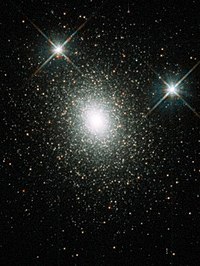
The cosmic merger rate of stellar black hole binaries from the Illustris simulation
Sign Up to like & getrecommendations! Published in 2017 at "Monthly Notices of the Royal Astronomical Society"
DOI: 10.1093/mnras/stx2123
Abstract: The cosmic merger rate density of black hole binaries (BHBs) can give us an essential clue to constraining the formation channels of BHBs, in light of current and forthcoming gravitational wave detections. Following a Monte… read more here.
Keywords: black hole; merger rate; rate; hole binaries ... See more keywords

Including mode mixing in a higher-multipole model for gravitational waveforms from nonspinning black-hole binaries
Sign Up to like & getrecommendations! Published in 2019 at "Physical Review D"
DOI: 10.1103/physrevd.100.024032
Abstract: As gravitational-wave (GW) observations of binary black holes are becoming a precision tool for physics and astronomy, several subdominant effects in the GW signals need to be accurately modeled. Previous studies have shown that neglecting… read more here.
Keywords: nonspinning black; black hole; mode mixing; mode ... See more keywords

Parameter estimation of stellar-mass black hole binaries with LISA
Sign Up to like & getrecommendations! Published in 2020 at "Physical Review D"
DOI: 10.1103/physrevd.102.124037
Abstract: Stellar-mass black hole binaries (SBHBs), like those currently being detected with the ground-based gravitational-wave (GW) observatories LIGO and Virgo, are also an anticipated GW source for LISA. LISA will observe them during the early inspiral… read more here.
Keywords: stellar mass; black hole; mass; mass black ... See more keywords

Post-Newtonian phase accuracy requirements for stellar black hole binaries with LISA
Sign Up to like & getrecommendations! Published in 2019 at "Physical Review D"
DOI: 10.1103/physrevd.99.064056
Abstract: The Laser Interferometer Space Antenna (LISA) will observe black hole binaries of stellar origin during their gravitational wave inspiral, months to years before coalescence. Due to the long duration of the signal in the LISA… read more here.
Keywords: stellar black; post newtonian; black hole; hole binaries ... See more keywords

Learning about Black Hole Binaries from their Ringdown Spectra.
Sign Up to like & getrecommendations! Published in 2019 at "Physical review letters"
DOI: 10.1103/physrevlett.123.161101
Abstract: The coalescence of two black holes generates gravitational waves that carry detailed information about the properties of those black holes and their binary configuration. The final coalescence cycles are in the form of a ringdown:… read more here.
Keywords: learning black; black hole; mass; geometry ... See more keywords